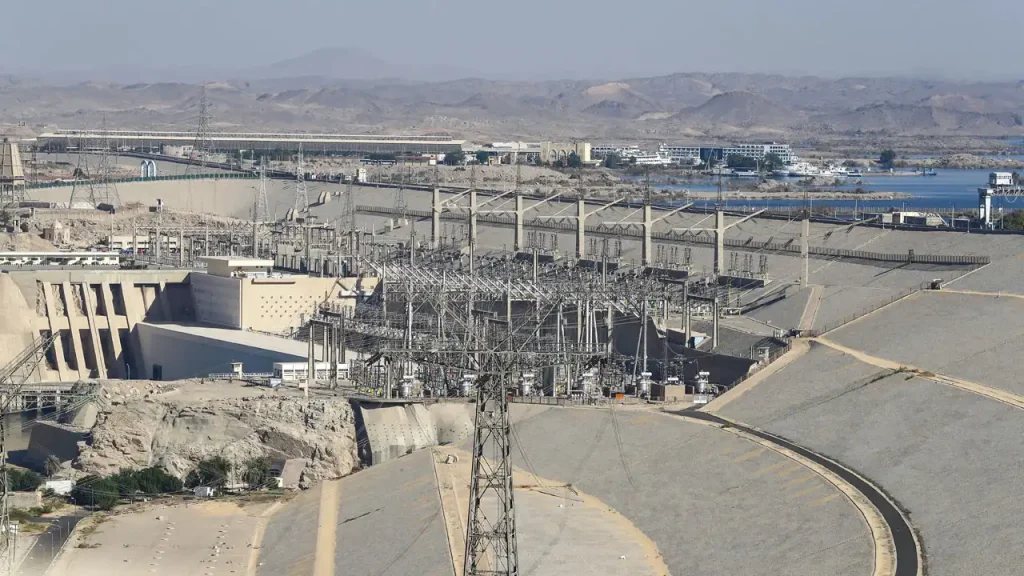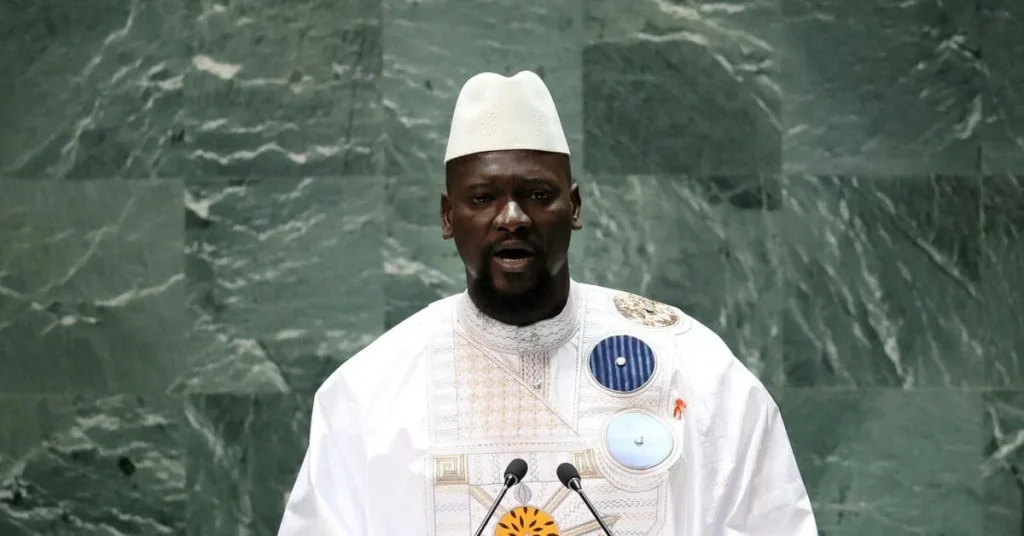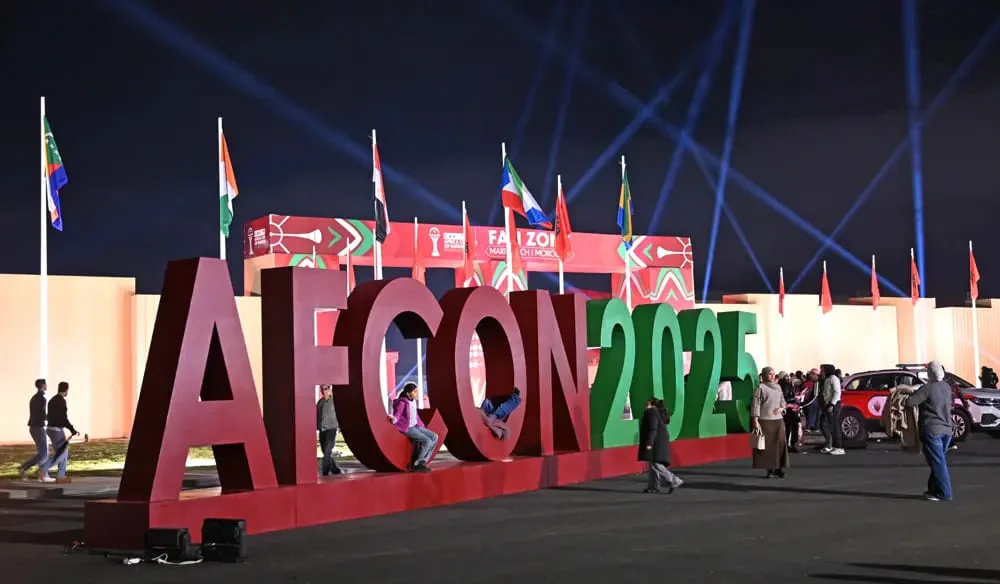In January 2021, Egypt marked 50 years since the Aswan High Dam’s inauguration on January 15, 1971, a project led by President Gamal Abdel Nasser to harness the Nile for hydropower and irrigation, per UNESCO.
By August 2021, the dam’s legacy—providing 97% of Egypt’s water for 100 million people—drew scrutiny amid tensions with Ethiopia’s Grand Ethiopian Renaissance Dam (GERD), per.
Transformative Yet Costly
The 111-meter-high, 3.6-km-wide dam, dwarfing the 1902 Aswan Low Dam, gave Egypt control over Nile floods, boosting agriculture and electrifying 80% of rural areas by 1980, per World Bank. “It protected Egyptians from catastrophic floods,” said geographer Habib Ayeb, per. However, it displaced 50,000 Nubians, flooding their homeland under Lake Nasser, a 355-km-long reservoir, per. Nubian activist Fawzi Gayer called it a “symbol of oppression,” noting unfulfilled 2014 constitutional return rights, per.
Environmental and Social Toll
The dam disrupted the Nile’s ecosystem, trapping fertile silt, increasing erosion, and boosting chemical fertilizer use by 40%, per FAO. The UNESCO-led relocation of Abu Simbel’s Pharaonic temples, completed in 1968, saved cultural heritage but cost $40 million, per. Abdel Hakim Hassanein, a local near Aswan, praised job creation but acknowledged environmental trade-offs, per.
GERD Parallels and Nile Tensions
Ethiopia’s 145-meter GERD, begun in 2011, mirrors Aswan’s ambitions, aiming to power 110 million people, per. Egypt, reliant on the Nile for 97% of its water, views GERD as a threat, fearing a 25% flow reduction, per. The 1959 Egypt-Sudan Nile agreement, excluding upstream nations, set a precedent for today’s stalled talks with Ethiopia, per UN. By August 2021, Ethiopia’s second GERD filling escalated disputes, with Egypt threatening military action, per.
Critical Analysis
The Aswan Dam’s benefits—irrigation for 8 million hectares and 2.1 gigawatts of power—came at the cost of 100,000 displacements and ecological harm, per. Egypt’s desert irrigation, losing 50% of water to evaporation, exacerbates shortages, per. GERD’s threat highlights Egypt’s failure to diversify water sources, with 90% of its 55.5 billion cubic meters of Nile water used for agriculture, per FAO. Ayeb’s call for a new water policy faces political resistance, as 2021 talks collapsed, per. The Nubian plight remains unresolved, with only 10% compensated, per.
Path Forward
Egypt must reform water use, prioritizing urban needs and reducing agricultural exports, per. Regional cooperation via the Nile Basin Initiative could resolve GERD disputes, but only 7 of 11 nations engage, per. The African Union, mediating since 2020, must push for equitable water sharing, per. Investing in desalination, costing $0.5 per cubic meter, could ease reliance on the Nile, per World Bank. Without these steps, Nile conflicts risk escalating, threatening 250 million across the basin.






